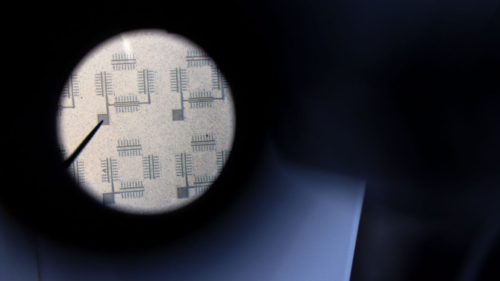Cornell University researchers have developed a micro-sized artificial cilial system based on platinum-based components that can control fluid movement at such a small scale. Low-cost, portable diagnostic gadgets for evaluating blood samples, manipulating cells, and assisting in microfabrication processes could be possible in the future thanks to this technology.
Cilia are minute hairs that are crucial for moving cerebrospinal fluid into your brain, eliminating mucus and dirt from your lungs, and keeping other organs and tissues clean through rhythmic pounding. “There are lots of ways to make artificial cilia that respond to light, magnetic or electrostatic forces,” said lead author and doctoral student Wei Wang. “But we are the first to use our new nano actuator to demonstrate artificial cilia that are individually controlled.”

A typical device consists of a chip with 16 square units, each having eight cilia arrays and eight cilia, each about 50 micrometres long, resulting in a “carpet” of about a thousand artificial cilia. The surface of each cilium oxidises and reduces periodically as the voltage on it oscillates, causing the cilium to bend back and forth and pump fluid at tens of microns per second. Different arrays can be engaged independently, resulting in an infinite number of flow patterns that match their biological counterparts’ flexibility.
A cilia device with a complementary metal-oxide-semiconductor (CMOS) clock circuit – essentially an electronic “brain” that allows the cilia to operate without being tied to a traditional computer system – was also developed as a bonus. This opens the way for a slew of low-cost diagnostic assays to be developed for use in the field.
“What we’re showing here,” said the the paper’s senior author, Itai Cohen, Professor of Physics in the College of Arts and Sciences, “is that once you can individually address these cilia, you can manipulate the flows in any way you want. You can create multiple separate trajectories, you can create circular flow, you can create transport, or flows that split up into two paths and then recombine. You can get flow lines in three dimensions. Anything is possible.”
Click here to access their study.







